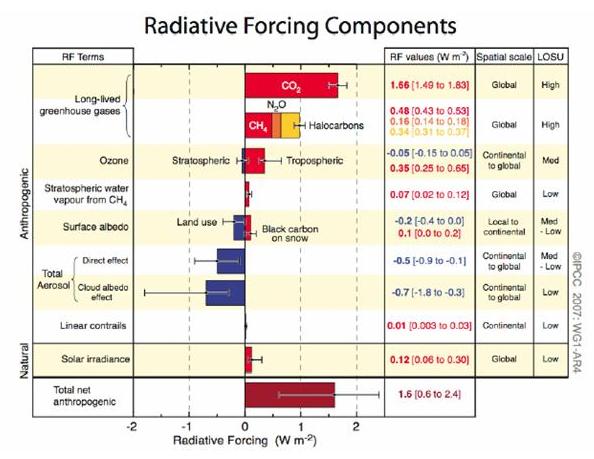Ozone in the stratosphere is critical, absorbing enough ultraviolet light to allow land-based life to exist. Ozone-destroying chemicals are greenhouse gases as well, giving us another reason to limit their use.

Ozone is the main ingredient in smog.
Tropospheric ozone is more of a problem. In the US alone, according to Bell, et al, the short-term effects of ground-level ozone kills 4,000 Americans annually.
…a 10-ppb increase in daily ozone would correspond to an additional 319 annual premature deaths for New York City and 3,767 premature deaths annually for the 95 urban communities, based on mortality data from 2000. This value is probably an underestimate of the total mortality burden from such an increase in ozone because it accounts for only the short-term effects.
Fossil fuels and ozone have other health effects as well.
Ozone is also a contributor to changing our climate:

Climate Forcings — notice that the decrease in stratospheric ozone is actually cooling the Earth slightly, while the increase in ground-level ozone is warming the Earth. The forcing from ozone is about 20 – 25% as much as carbon dioxide (though the error bars for ozone show the contribution could be much greater).
A new report in Nature indicates that the indirect effects of ozone on climate change may be more significant than direct effects. Some plants react to increased ozone with stomatal closure, limiting plant exposure. This also limits carbon fertilization — carbon uptake.
We suggest that the resulting indirect radiative forcing by ozone effects on plants could contribute more to global warming than the direct radiative forcing due to tropospheric ozone increases.
As the temperature increases, and fossil fuels (and biomass) continue to be used, ozone levels are expected to rise, with consequent effects on human and ecosystem health, and climate change.
For more details, see the RealClimate post.
